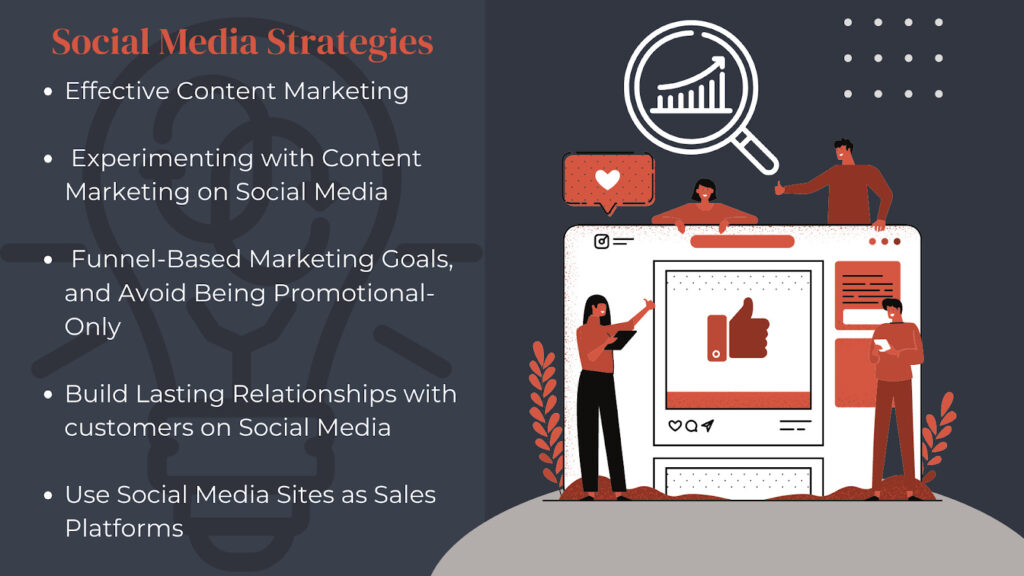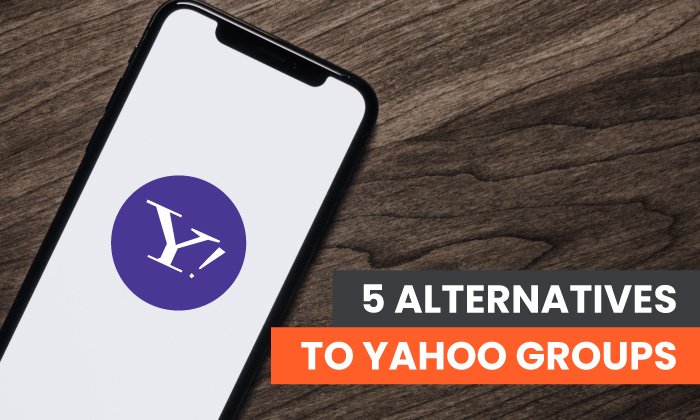Why You Shouldn’t Ignore the Role of Social Media in Brand Building

By jrumberger@hubspot.com (Jana Rumberger)
90% of people buy from the brands they follow on social media. But the role of social media in brand building is more complex than it used to be.
Brand saturation, creator communities, and more have changed the way that people interact with brands on social media. You can’t just build a brand with a great logo, quirky copy, and a pleasing palette. Audiences today are looking for something more.
The Role of Social Media in Brand Building
To successfully build your brand on social media, you can start with creating a great visual brand. But you can’t stop there. You need to dig deeper into your users and what they’re looking for online. Let’s talk about the big ideas that impact branding on social media.
1. Social media is where subcultures connect.
While pretty much everyone you know is online, they’re not there to talk to just anyone. On social media, it’s common for users to connect with small groups of people with similar interests.
These small groups usually stand out for a specific interest or topic. Together they look for ways to stand out from what’s typical.
For example, Amino Apps is a space where members of K-Pop, Anime, and other fandoms connect. In these communities, they share original art, memes, and other content.
These online spaces empower members of subcultures a place to engage and grow their interests. They are also a powerful space for businesses to engage with vocal influencers.
Tactical tip: Target a specific group and have something useful to say.
It’s tempting to go for the largest possible audience with your advertising budget. But social media has changed the way that businesses connect to an audience.
Instead of using your resources to create a big audience, seek to build an engaged one. Do your research and connect with online communities that are relevant to your business.
Once you find these groups of potential buyers, don’t spam them with ads. Subgroups tend to be wary of popular culture and are quick to call out the fake and superficial.
Take time to learn about these communities and their likes and dislikes. This information can help you shape your product and make updates that can improve sales.
While it used to be the norm for branding to shy away from politics and other divisive topics, buyers today want brands to take a stance. When you do choose to post and respond, show your awareness of the group and how they feel about current events.
Use social media to prove that if you’re not already part of the group, you have something useful to offer.
2. Every social media platform is unique.
Businesses tend to approach social media based on ROI. But it’s different for users. Many things impact which platform you spend the most time using, including:
- Posting format
- Algorithms
- Brand message and values
- Privacy
- Where your friends are
Each user factors these ideas into …read more
Source:: HubSpot Blog








